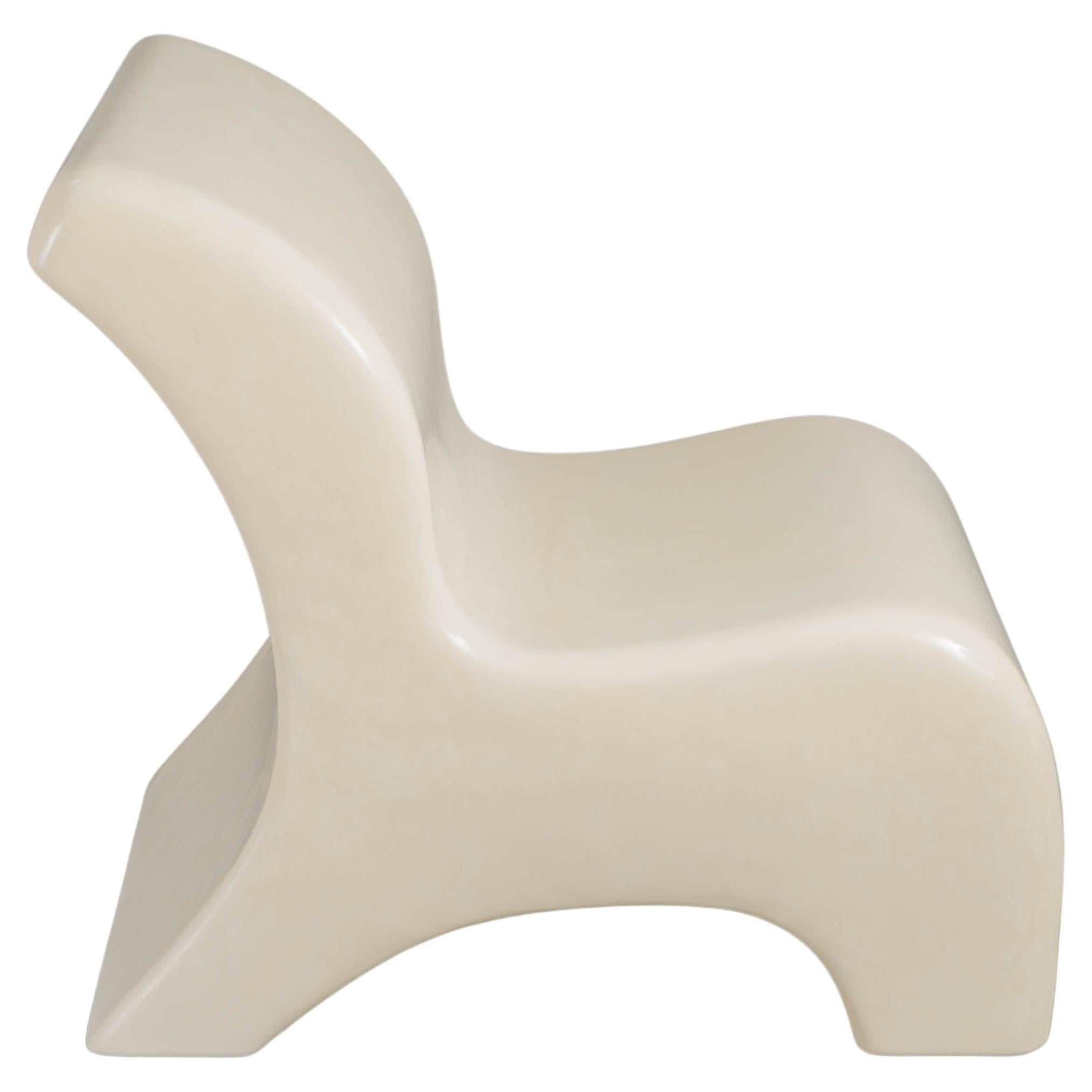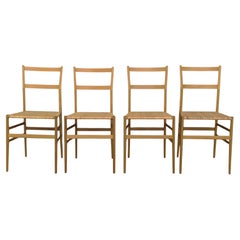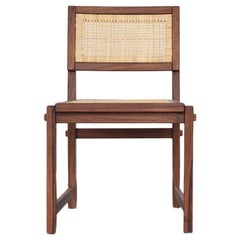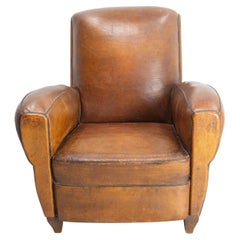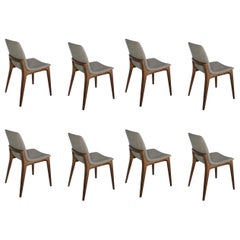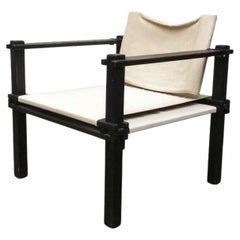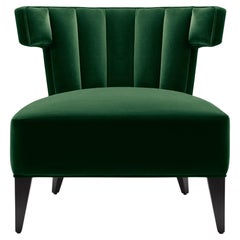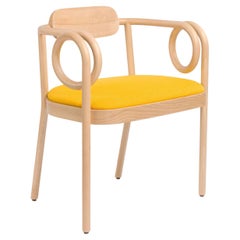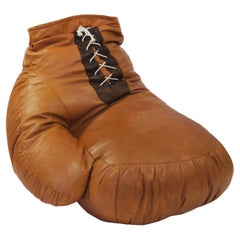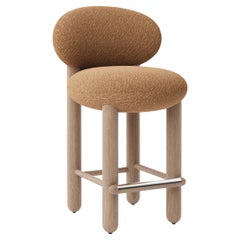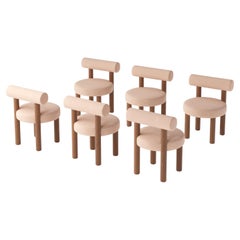Chairs
20th Century German Mid-Century Modern Chairs
Canvas, Wood
21st Century and Contemporary English Modern Chairs
Velvet, Walnut
2010s Italian Chairs
Wood
Mid-20th Century Italian Mid-Century Modern Chairs
Leather
2010s Ukrainian Modern Chairs
Fabric, Wool, Bouclé, Sheepskin, Faux Fur
2010s Ukrainian Modern Chairs
Fabric, Wool, Bouclé, Acrylic, Ash, Cotton, Linen, Faux Fur, Wood
20th Century Polish Mid-Century Modern Chairs
Fabric, Jacquard, Beech
2010s Ukrainian Modern Chairs
Fabric, Velvet, Wool, Bouclé, Acrylic, Ash, Sheepskin, Cotton, Linen, Fa...
2010s Ukrainian Modern Chairs
Fabric, Wool, Bouclé, Sheepskin, Cotton, Linen, Velvet, Faux Fur
2010s British Mid-Century Modern Chairs
Aluminum
Early 19th Century Austrian Biedermeier Antique Chairs
Silk, Wood
Mid-20th Century Italian Mid-Century Modern Chairs
Steel, Chrome
Mid-20th Century American Mid-Century Modern Chairs
Cane, Wood
Mid-20th Century French Mid-Century Modern Chairs
Faux Leather, Beech
1950s French Rustic Vintage Chairs
Oak
2010s Italian Chairs
Leather
20th Century Danish Mid-Century Modern Chairs
Cotton
20th Century German Mid-Century Modern Chairs
Ash
Early 19th Century Swiss Antique Chairs
Wood
20th Century German Mid-Century Modern Chairs
Metal
1970s American Mid-Century Modern Vintage Chairs
Stainless Steel, Chrome
Mid-20th Century American Louis XVI Chairs
Brass
20th Century German Mid-Century Modern Chairs
Metal
1990s Italian Mid-Century Modern Chairs
Steel
1940s European Vintage Chairs
Metal
1970s Danish Scandinavian Modern Vintage Chairs
Pine
2010s Italian Chairs
Wood
1950s Danish Vintage Chairs
Oak
2010s Danish Scandinavian Modern Chairs
Mohair, Velvet, Oak
Early 20th Century Austrian Jugendstil Chairs
Bentwood
20th Century Danish Scandinavian Modern Chairs
Leather, Linen, Oak
21st Century and Contemporary Indian Chairs
Cane
1980s Italian Post-Modern Vintage Chairs
Steel
1930s Austrian Bauhaus Vintage Chairs
Steel
1980s Mexican Mid-Century Modern Vintage Chairs
Wrought Iron
20th Century Danish Mid-Century Modern Chairs
Leather, Wood
1970s Italian Vintage Chairs
Fabric, Wood
20th Century Mexican Organic Modern Chairs
Wood
Mid-20th Century Spanish Brutalist Chairs
Metal
20th Century Polish Mid-Century Modern Chairs
Textile, Beech
2010s Turkish Industrial Chairs
Aluminum
2010s Mexican Post-Modern Chairs
Steel
2010s Italian Chairs
Metal
1980s Italian Post-Modern Vintage Chairs
Steel, Chrome
1970s German Mid-Century Modern Vintage Chairs
Aluminum
Early 20th Century Swedish Primitive Chairs
Pine
2010s Italian Chairs
Leather
2010s Italian Chairs
Wood
21st Century and Contemporary Indian Chairs
Brass
1950s French Mid-Century Modern Vintage Chairs
Ash
Mid-20th Century French Chairs
Rush, Wood
2010s Italian Chairs
Leather, Wood
21st Century and Contemporary Indian Chairs
Cane
Mid-20th Century Danish Mid-Century Modern Chairs
Metal
21st Century and Contemporary Indian Chairs
Brass
Early 1900s Italian Mid-Century Modern Antique Chairs
Copper
1930s American Aesthetic Movement Vintage Chairs
Upholstery, Wood
20th Century Polish Mid-Century Modern Chairs
Plastic
2010s German Chairs
Upholstery
1960s American Mid-Century Modern Vintage Chairs
Walnut
Shop Antique and Vintage Chairs on 1stDibs: Lounge Chairs, Dining Chairs and Other Seating for Sale
Chairs are an indispensable component of your home and office. Can you imagine your life without the vintage, new or antique chairs you love?
With the exception of rocking chairs, the majority of the seating in our homes today — Windsor chairs, chaise longues, wingback chairs — originated in either England or France. Art Nouveau chairs, the style of which also originated in those regions, embraced the inherent magnificence of the natural world with decorative flourishes and refined designs that blended both curved and geometric contour lines. While craftsmanship and styles have evolved in the past century, chairs have had a singular significance in our lives, no matter what your favorite chair looks like.
“The chair is the piece of furniture that is closest to human beings,” said Hans Wegner. The revered Danish cabinetmaker and furniture designer was prolific, having designed nearly 500 chairs over the course of his lifetime. His beloved designs include the Wishbone chair, the wingback Papa Bear chair and many more.
Other designers of Scandinavian modernist chairs introduced new dynamics to this staple with sculptural flowing lines, curvaceous shapes and efficient functionality. The Paimio armchair, Swan chair and Panton chair are vintage works of Finnish and Danish seating that left an indelible mark on the history of good furniture design.
“What works good is better than what looks good, because what works good lasts,” said Ray Eames.
Visionary polymaths Ray and Charles Eames experimented with bent plywood and fiberglass with the goal of producing affordable furniture for a mass market. Like other celebrated mid-century modern furniture designers of elegant low-profile furnishings — among them Ludwig Mies van der Rohe and Finn Juhl — the Eameses considered ergonomic support, durability and cost, all of which should be top of mind when shopping for the perfect chair. The mid-century years yielded many popular chairs.
The Eameses introduced numerous icons for manufacturer Herman Miller, such as the Eames lounge chair and ottoman, molded plywood dining chairs the DCM and DCW (which can be artfully mismatched around your dining table) and a wealth of other treasured pieces for the home and office.
A good chair anchors us to a place and can become an object of timeless appeal. Take a seat and browse the rich variety of vintage, new and antique chairs on 1stDibs today.
Read More
The 21 Most Popular Mid-Century Modern Chairs
You know the designs, now get the stories about how they came to be.
Is Lionel Jadot the Willy Wonka of Upcycled Belgian Design?
From his massive collaborative workshop in a former paper factory, the designer concocts funky furniture from disused materials, as well as luxe hotel interiors like the new Mix Brussels.
Learn Why Designer Maarten Baas Set This Charles Rennie Mackintosh Chair on Fire
What happens when you do something to a piece of furniture that you shouldn’t? It becomes an entirely new object.
Kaleidoscopic Upholstery Makes This Edward Wormley Chair a Showstopper
What at first glance seems an unusual choice jibes perfectly with the designer's aesthetic.
Design Icon Ilse Crawford on Her Colorful New Hans Wegner Chairs
If anyone is brave, humble and adept enough to recolor these mid-century masterpieces, it’s Ilse Crawford. Here, she gives us the details on her five earthy paint choices and tells us how she feels about design collaborations.
How to Reupholster a Chair
Want to update an old chair that still has good bones? We spoke to experts to find out how they approach reupholstering antique furniture.
How to Spot Louis XIV, Louis XV and Louis XVI Chairs
A field guide for anyone who wants to brush up on their knowledge of French antiques
The Ball Chair, Eero Aarnio’s Space Age Masterpiece, Was Almost Never Made
Now considered emblematic of 1960s mod aesthetics, the Finnish designer's famous creation was far from an overnight success.
